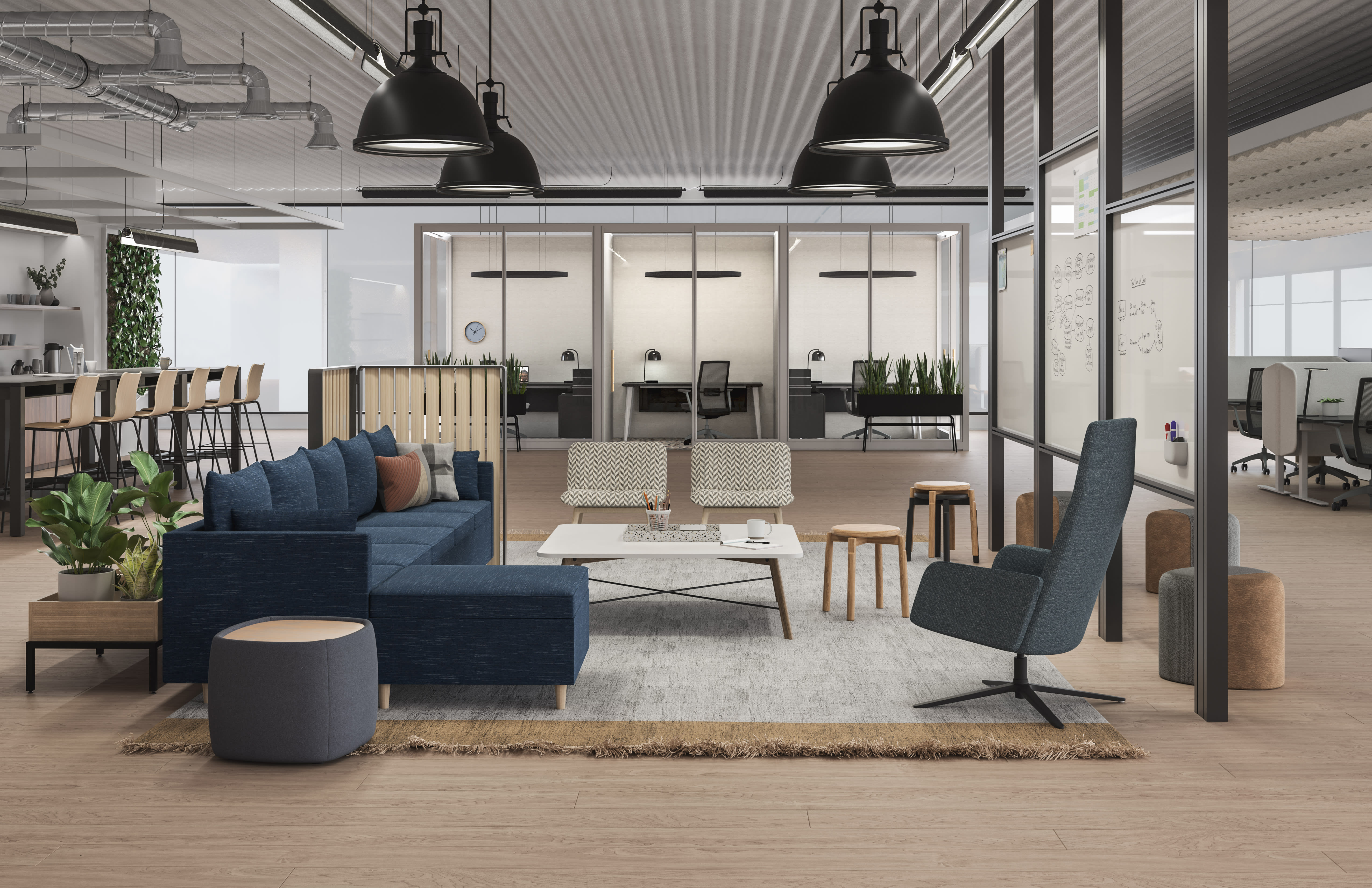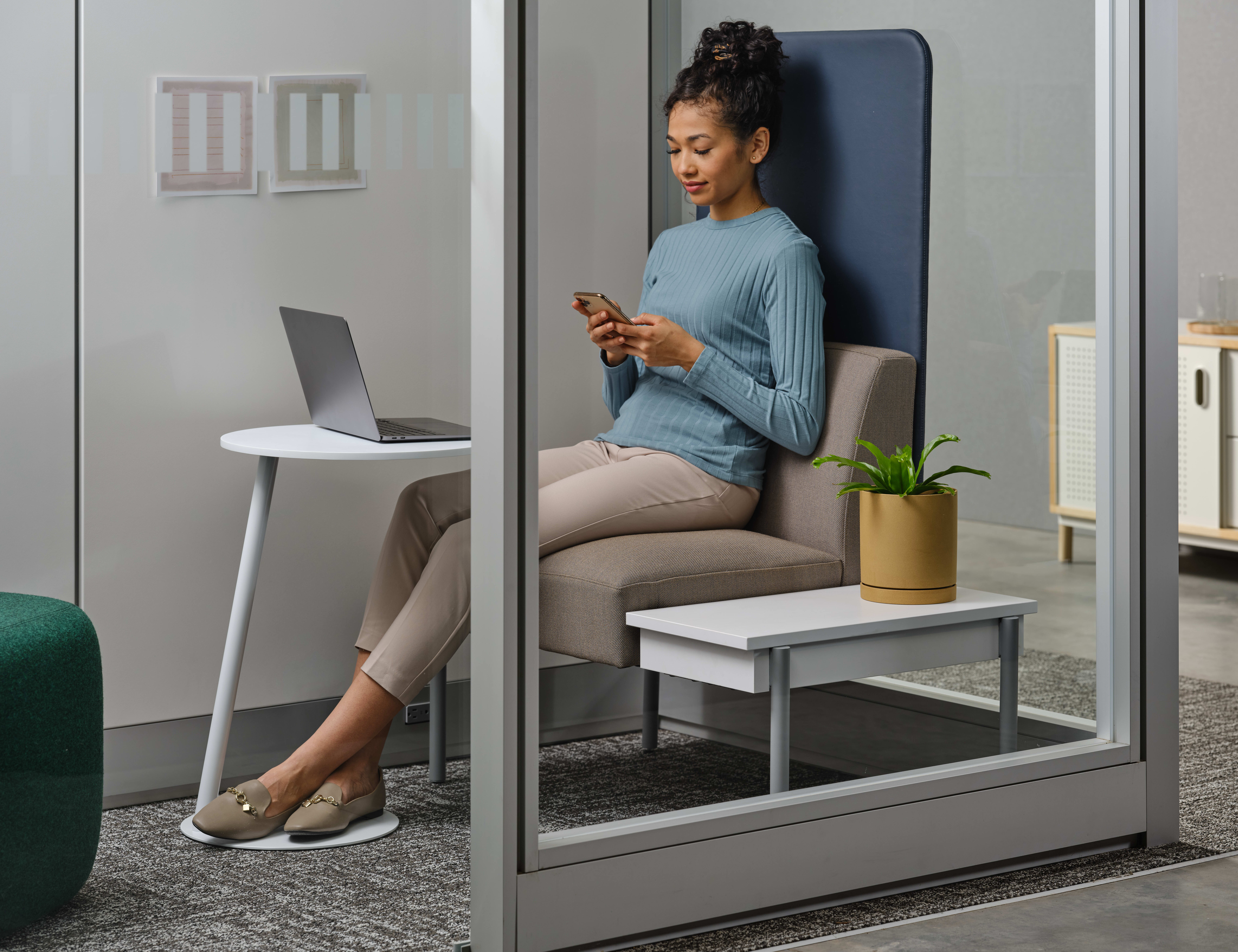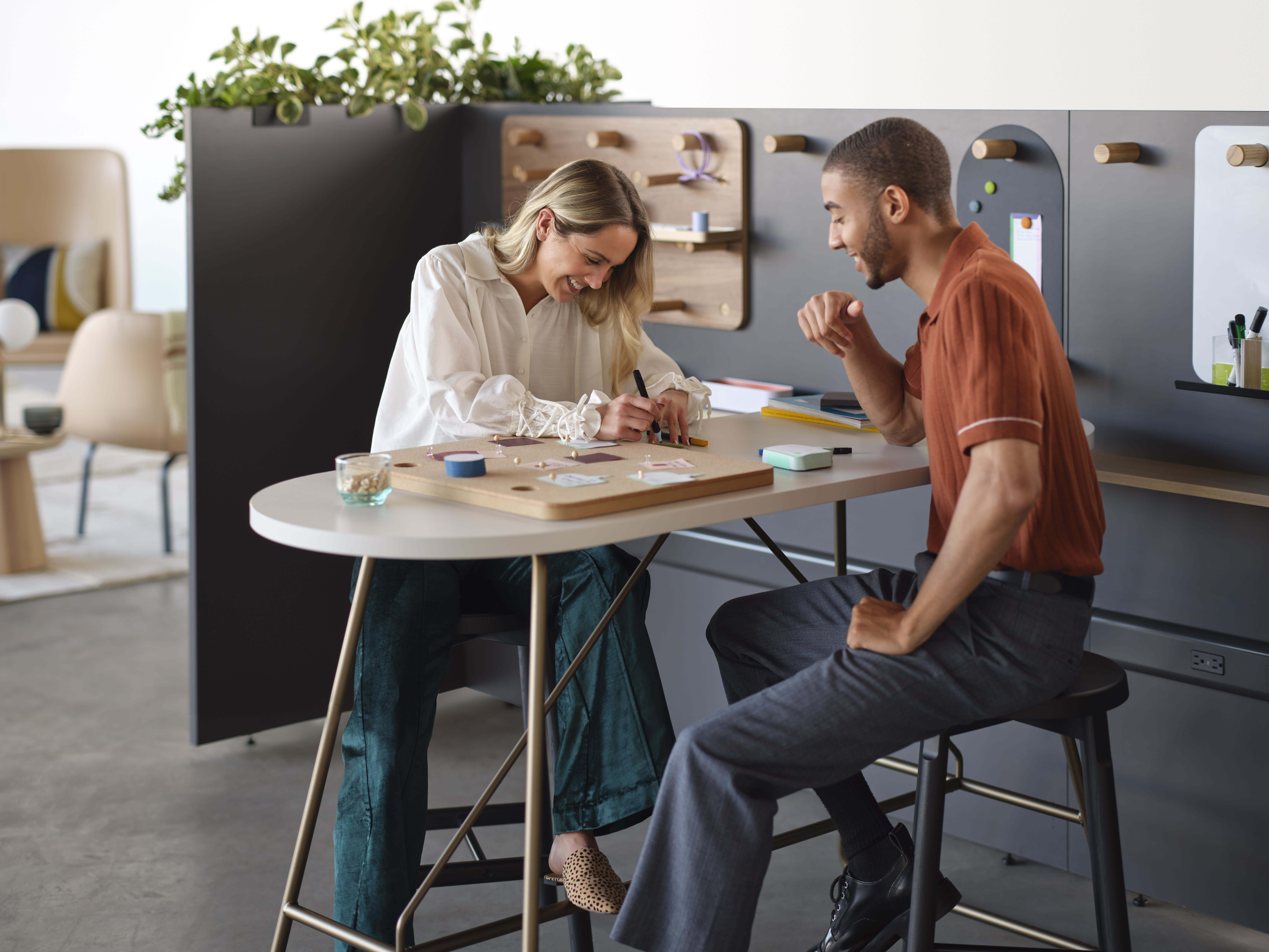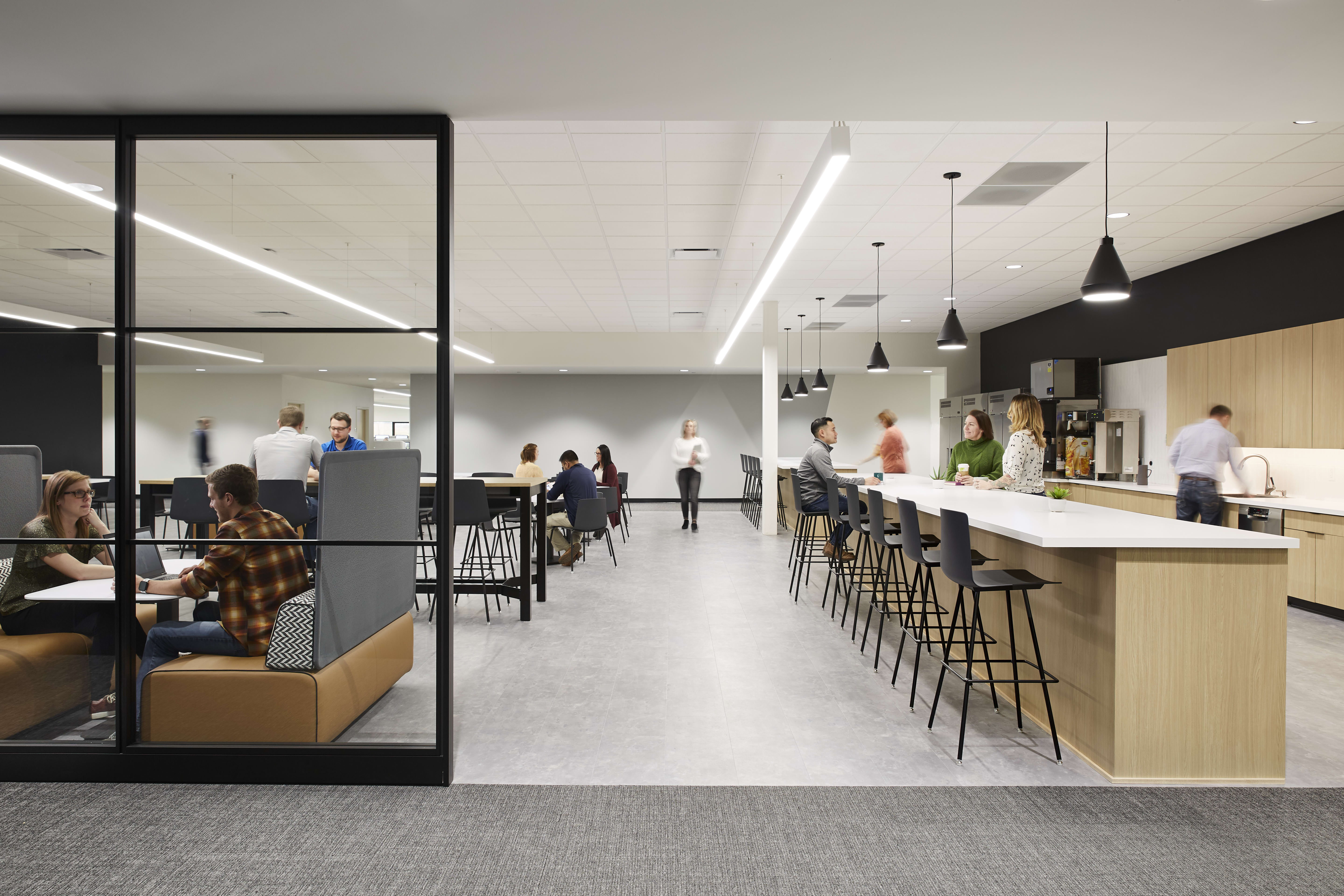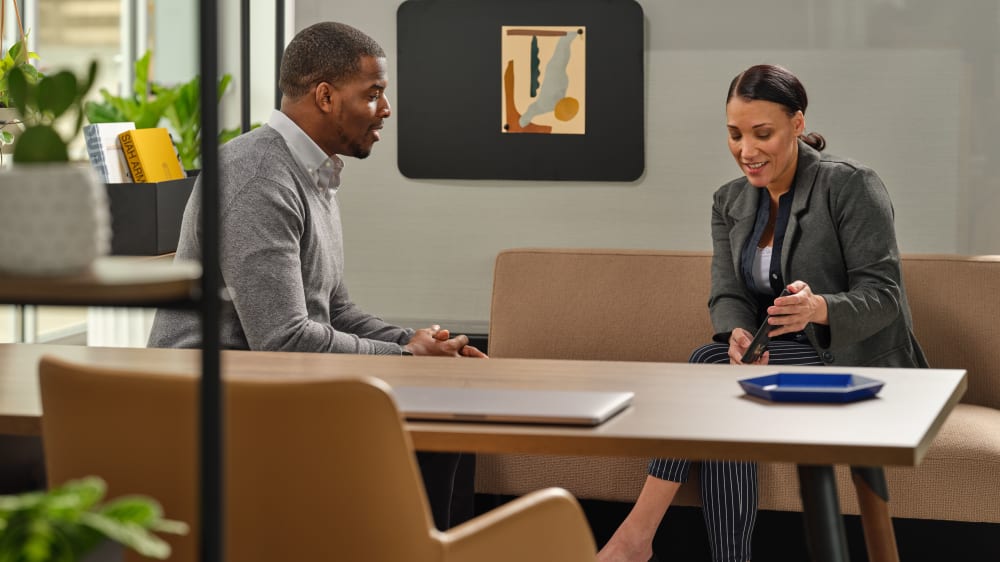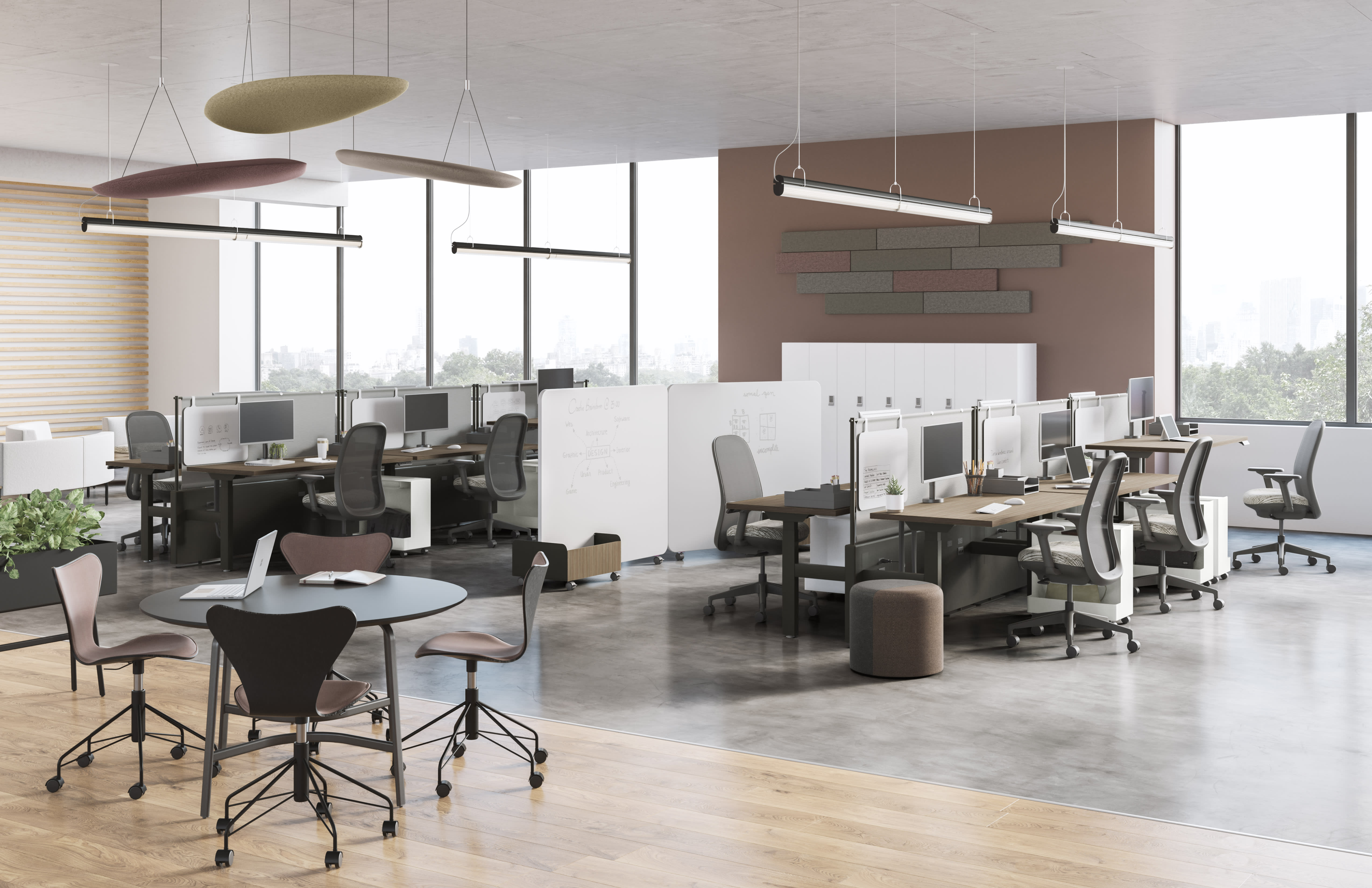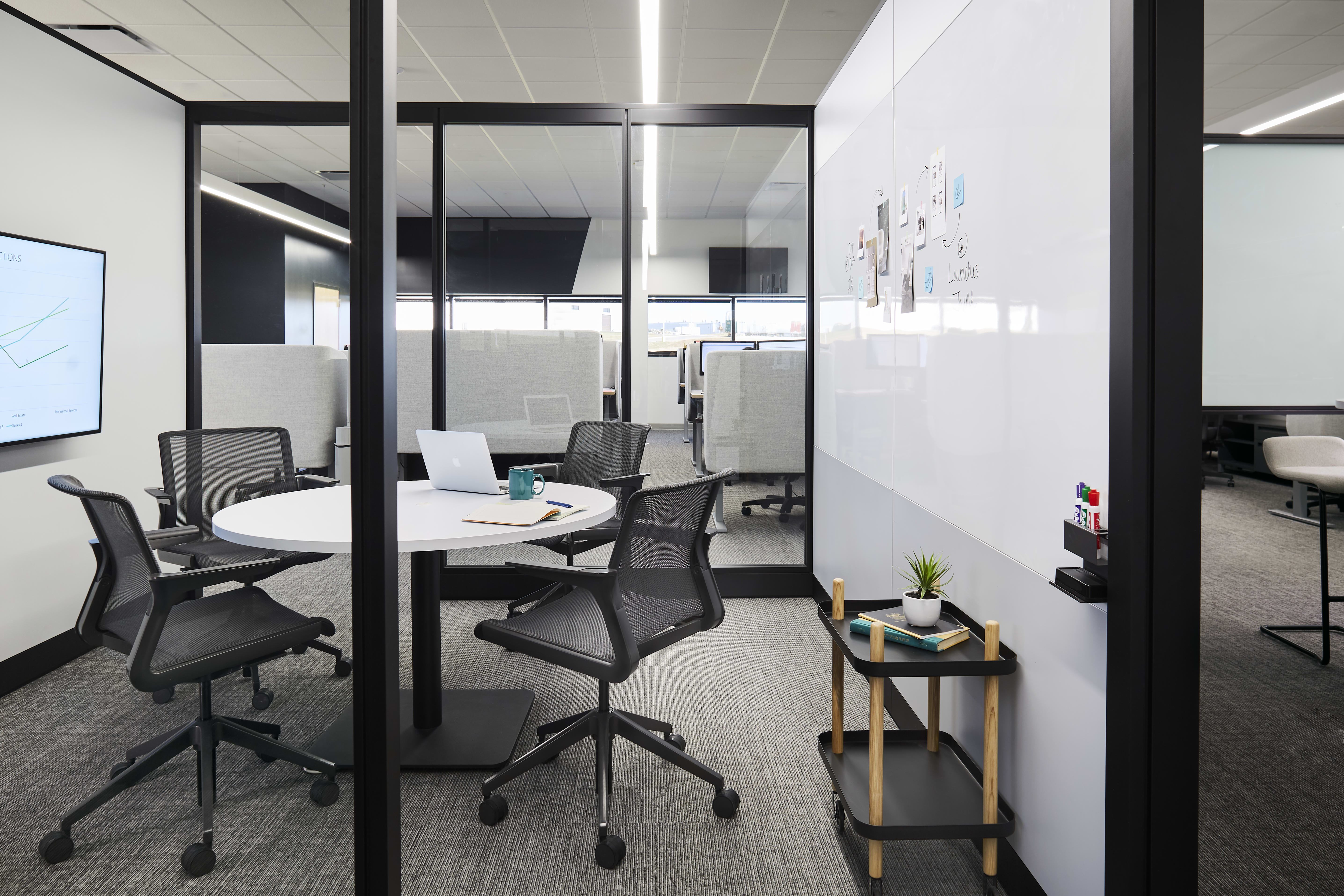The traditional office is undergoing a transformation. The pandemic has accelerated the shift towards a more dynamic work model, with employees splitting their time between remote and in person work. As we navigate this new normal, the concept of the Intentional Office provides an opportunity to meet the diverse and changing needs of a modern workforce.
"Planning strategies for the intentional office are not about modern versus traditional. Nor is it IN-Office versus hybrid. It is all about aligning the physical space to the cultural norms and unwritten rules."
- Jason Heredia - Vice President Design + Applications
To make the office “worth the commute” customers are seeking more adaptable individual spaces, flexible collaborative spaces, social settings to create brand, and culture, shared focus spaces to think and seamless connection experiences for remote participants. When planning for an Intentional Office, the end goal is an environment designed to support six specific activities and behaviors:
In a world full of distractions, dedicated quiet zones are equipped to maximize individual productivity, allowing employees to concentrate on tasks that require deep focus.
Innovation hubs are designed to stimulate creativity. These are flexible spaces filled with writable walls, ad hoc furniture, and a variety of seating postures to encourage free-flowing ideas.
Open spaces with modular furniture facilitate teamwork. Meeting rooms are equipped with state-of- the-art technology to support both in-person and remote collaboration, ensuring that everyone can contribute effectively.
Community areas like lounges and cafeterias are intentionally designed to encourage casual interactions and build relationships, which are crucial for a cohesive work environment.
Traditionally, one posture, one use-case, one long daisy-chain described a typical training room. Now upskilling takes place amongst options for user orientation and seated or standing postures, each enabled by untethered tech where learning modes are reconsidered.
Formal and informal mentoring is fostered through intentional settings where experienced professionals can guide newer employees in a setting that encourages a culture of continuous learning.
When planning a workspace with intentionality, thematic outcomes begin to surface that result in increased thoughtfulness and longevity with the ways the office supports a workforce and their day-to-day activities.





